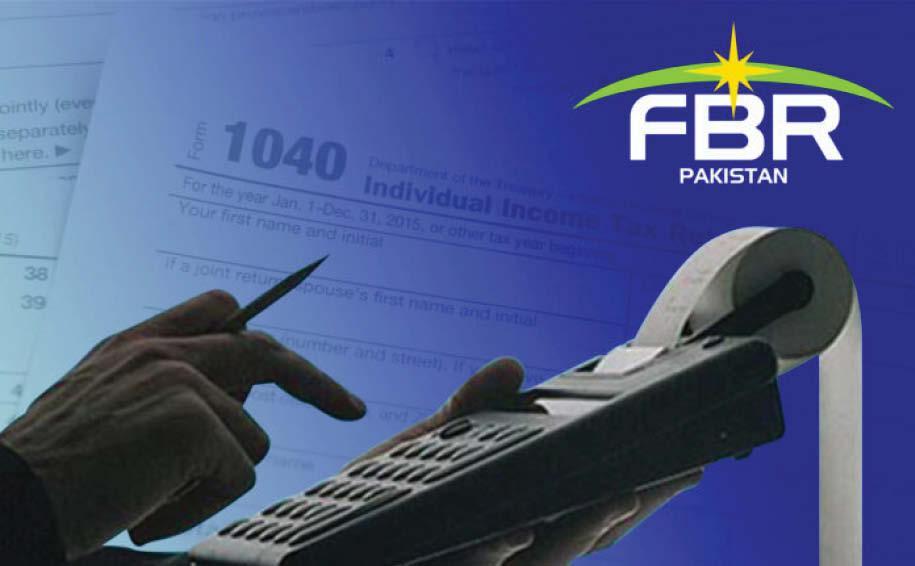In 2025, the Federal Board of Revenue (FBR) in Pakistan is intensifying its Point of Sale (POS) integration drive to enhance tax compliance and transparency in the retail sector. This initiative, aimed primarily at Tier-1 retailers, mandates the integration of POS systems with the FBR’s digital invoicing system.
With real-time reporting, digital payment enforcement, and strict compliance measures, retailers must adapt swiftly to avoid penalties. This article dives into the latest updates, compliance requirements, benefits, and practical steps for retailers to navigate the FBR’s POS integration drive effectively, optimized for SEO to ensure visibility in 2025.
What is FBR’s POS Integration Drive?
The FBR’s POS integration drive requires Tier-1 retailers to connect their POS systems to the FBR’s computerized system for real-time sales reporting. Introduced initially in 2019, the program has evolved with stricter enforcement in 2025, as outlined in notifications like S.R.O. 69(I)/2025.
The goal is to curb tax evasion, streamline tax collection, and ensure accurate sales tax reporting. Retailers must issue digital invoices with unique FBR invoice numbers and verifiable QR codes, while also offering digital payment options like card machines or QR scanning.
As of early 2025, over 5,783 POS terminals from 286 retailers are integrated, with numbers growing steadily. The FBR is now leveraging its IT arm, Pakistan Revenue Automation Limited (PRAL), and approved integrators to facilitate compliance, offering free integration services in some cases.
Who Needs to Comply?
The POS integration mandate applies to Tier-1 retailers, defined as:
- Retailers operating stores larger than 1,000 square feet.
- Businesses with multiple outlets under the same brand.
- Retailers with electricity bills exceeding PKR 1.2 million in the past 12 months.
- Wholesalers engaged in bulk imports or operating on a retail-wholesale basis.
- Businesses in the Fast-Moving Consumer Goods (FMCG) sector, restaurants, hotels, or other notified entities.
Non-compliance can lead to severe consequences, including a 60% reduction in input tax adjustments under Section 8B(6) of the Sales Tax Act, 1990, and tax recovery based on unaccounted sales.
Key Updates for 2025
1. Mandatory Digital Payments
Retailers must now offer debit/credit card payments, QR code scanning, or other digital transaction methods. This ensures traceability and reduces cash-based tax evasion. Enforcement squads will inspect outlets to verify compliance.
2. Free Integration via PRAL
PRAL offers free POS integration services to registered retailers, lowering the financial barrier for compliance. Private integrators like Haball (Pvt) Ltd., EY (Pvt) Ltd., and WebDNAworks (Pvt) Ltd. are also approved but may charge fees capped by the FBR.
3. Enhanced Enforcement
The FBR has established a dedicated Inland Revenue enforcement network to conduct nationwide inspections. Non-integrated software or missing QR codes on invoices will trigger tax assessments and penalties.
4. Service Charge Clarification
A nominal PKR 1 per invoice service charge applies, not 1% as rumored. This fee supports publicity campaigns, retailer integration, and a prize scheme for customers verifying invoices via the Tax Asaan app.
5. Real-Time Data Sync
Integrated POS systems encrypt and transmit sales data to the FBR in real-time, auto-filling Annexure-C of sales tax returns. This reduces manual paperwork and improves accuracy.
Benefits of POS Integration for Retailers
While compliance may seem daunting, integrating with the FBR’s system offers significant advantages:
- Automated Tax Filing: Real-time data sync simplifies sales tax return preparation.
- Inventory Management: Many POS solutions provide advanced inventory tracking, helping retailers monitor stock levels and reduce losses.
- Customer Trust: QR-coded invoices verifiable via the Tax Asaan app enhance transparency, building consumer confidence.
- Compliance Assurance: Avoid penalties and input tax disallowances by meeting FBR requirements.
- Operational Efficiency: Integrated systems streamline billing, accounting, and reporting, freeing up time for business growth.
How to Integrate Your POS with FBR in 2025
Here’s a step-by-step guide for retailers:
- Register with FBR:
- Log in to the FBR’s digital invoicing portal and provide business details (e.g., NTN, brand name, estimated daily transactions).
- Obtain a unique Store ID and POS ID.
- Choose an Integrator:
- Opt for PRAL’s free integration service or select from approved vendors like Haball, EY, or WebDNAworks.
- Ensure the integrator uses FBR’s API (Version 1.1) for seamless connectivity.
- Install and Configure Software:
- Download the FBR Fiscal Data Controller (SDC) from the FBR website or use vendor-provided software.
- Update your POS system to generate QR codes, FBR invoice numbers, and the FBR logo on receipts.
- Test the Integration:
- Conduct test transactions to confirm data is syncing with the FBR server.
- Verify invoices using the Tax Asaan app.
- Train Staff:
- Educate employees on issuing digital invoices and handling digital payments.
- Ensure compliance with FBR’s reporting standards.
- Stay Updated:
- Monitor FBR notifications (e.g., via iris.fbr.gov.pk) for rule changes or deadlines.
- Join FBR workshops or contact focal persons at Regional Tax Offices for support.
Challenges and Solutions
Challenge: High Initial Costs
Some retailers worry about setup costs for POS systems and digital payment infrastructure.
- Solution: Leverage PRAL’s free integration or negotiate capped fees with private vendors. Basic cloud-based POS systems require only a computer and internet connection.
Technical Complexity
Small retailers may lack the expertise to implement integration.
- Solution: Use user-friendly software from approved vendors like Websol or Asaan POS, which offer plug-and-play solutions. FBR’s helpdesk (051-111-772-772) and focal persons provide technical assistance.
Customer Resistance to Digital Payments
Some customers prefer cash, slowing adoption.
- Solution: Educate customers on the benefits of digital payments, such as invoice verification for prize schemes. Offer incentives for card or QR payments.

